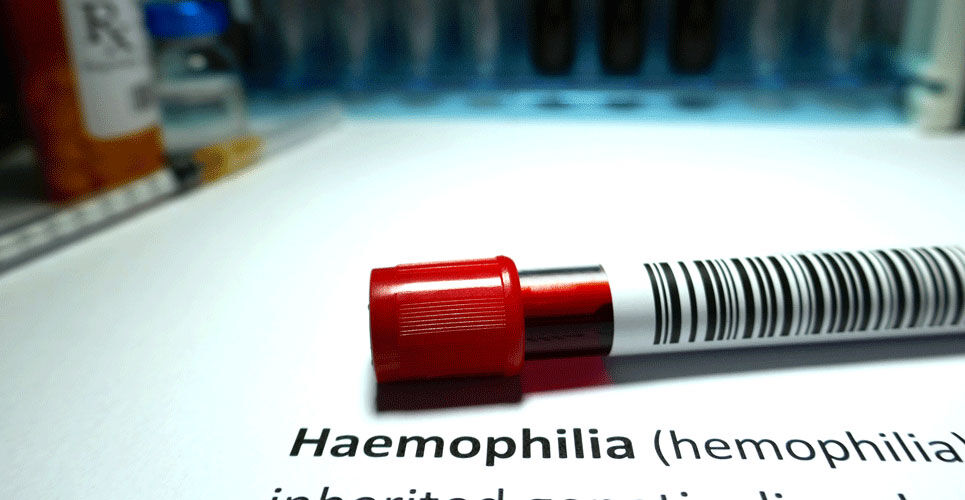Fidanacogene elaparvovec is a novel gene therapy which has been found to effective and well tolerated in adult males with haemophilia B
In a press release from the manufacturer Pfizer, it was reported that the company’s candidate gene therapy, fidanacogene elaparvovec was effective at reducing the annualised bleeding rate (ABR) of total bleeds compared to a prophylaxis regimen of Factor IX (FIX) which was administered as part of usual care.
Haemophilia B is a rare, X-linked inherited bleeding disorders caused by mutations in the F9 gene, which results in missing or reduced production/function of clotting factor IX (FIX). The prevalence of haemophilia B is 1 in 40,000 live males although female carriers may also show some signs of bleeding. An absence or reduced level of of FIX can result in spontaneous bleeding into the joints, muscles or brain causing serious complications. Currently, the mainstay of treatment for haemophilia B involves replacement of factor IX although adeno-associated viral (AAV)-based gene therapy is one of the most emerging treatment approaches. Fidanacogene elaparvovec is a novel, investigational vector that contains a bio-engineered AAV capsid (i.e., protein shell) and a high-activity human coagulation FIX gene. The aim of such gene therapy is that once treated, individuals are able to produce FIX rather than having to regularly receive exogenous FIX. In a Phase 1/2a study, 15 adult haemophilia B patients were infused with 5 x 1011 vg/kg of fidanacogene elaparvovec and followed for at least 1 year. The study examined the ABR prior to and 52 weeks after the infusion. The results showed that the mean ABR during the first 52 weeks following fidanacogene elaparvovec infusion was 0.4 ± 1.1 compared to 8.9 ± 14.0 in the 52 weeks preceding infusion (p<0.001) and in fact, 12 patients reported zero bleeds in the 52 weeks post-infusion.
The press release rates to the BENEGENE-2 study, which was a single arm trial, designed to evaluate the efficacy and safety of fidanacogene elaparvovec in adult male participants with moderately severe to severe haemophilia B (defined by a Factor IX circulating activity of 2% or less). The primary outcome was the ABR for total bleeds from week 12 to month 15 post-infusion. In the trial, 45 eligible participants completed at least six months of routine exogenous FIX prophylaxis therapy during the study lead-in before receiving a single intravenous dose of fidanacogene elaparvovec (5e11 vg/kg).
Fidanacogene elaparvovec and annualised bleeding rate
The press release reports that the mean ABR for all bleeds was 1.3 for the 12 months from week 12 to month 15 compared to an ABR of 4.43 during the lead-in 6 months pre-treatment period, giving in a 71% reduction in ABR (p<0.0001) after a single dose of fidanacogene elaparvovec.
For secondary endpoints, there was a 78% reduction in treated ABR (p=0.0001) and a 92% reduction in the annualised infusion rate (p<0.0001). The mean FIX activity was 27% after 15 months and 25% at 24 months and the mean steady-state FIX concentration was significantly higher than the pre-specified threshold of 5% (p<0.0001).
According to the press release, fidanacogene elaparvovec has been granted breakthrough, regenerative medicines advance therapy (RMAT), and orphan drug designations from the US Food and Drug Administration, as well as PRIority MEdicines (PRIME) and orphan drug designation from the European Medicines Agency.

